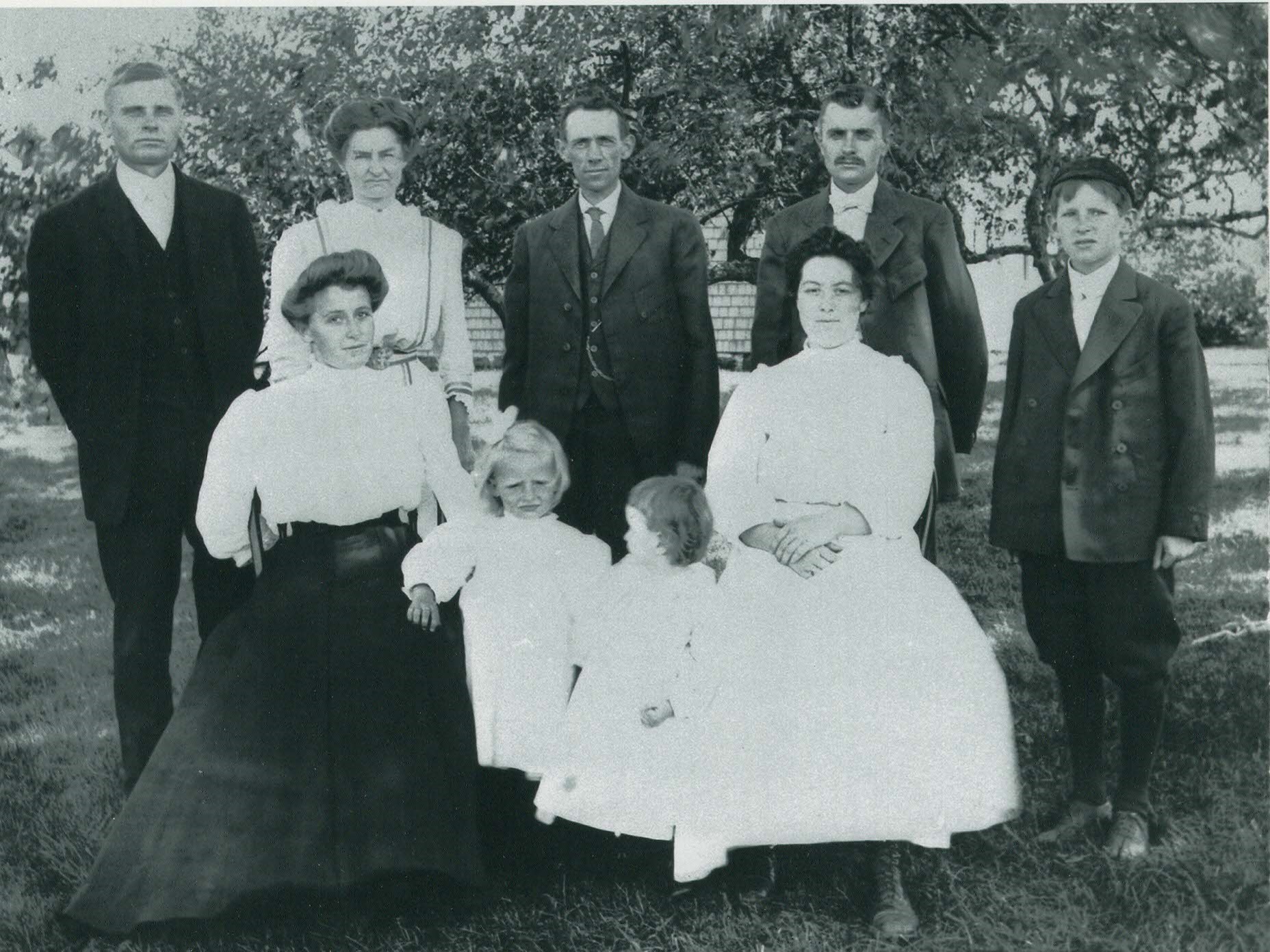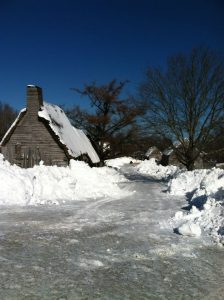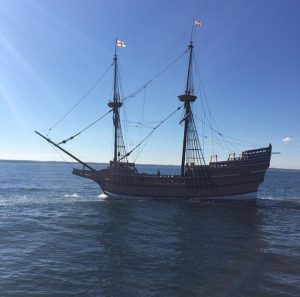
She was right there, exactly where I had left her – twenty or so years ago. Even now, she seemed to stare back at me from her vantage point in time, one made up of long-ago names and foggy dates in an old ahnentafel. I like to say I’d forgotten all about Sarah, but the truth is I never have, as the “who of just who” Sarah was in this world has always nagged at me. I have to believe that Sarah would have known this about me, too, figuring that I’d always make my way back to study her life again. I guess it’s because Sarah’s life looks to have had no beginning or end to it; only “a middle,” if you will. It’s been those fuzzy edges in the middle that have kept drawing me back in – and leaving me wanting to know more about Sarah. Continue reading Something about Sarah





